Technics at 50: how the SL-1200 series accidentally changed music forever
We rewind the resounding influence of the turntable that became a musical instrument in its own right
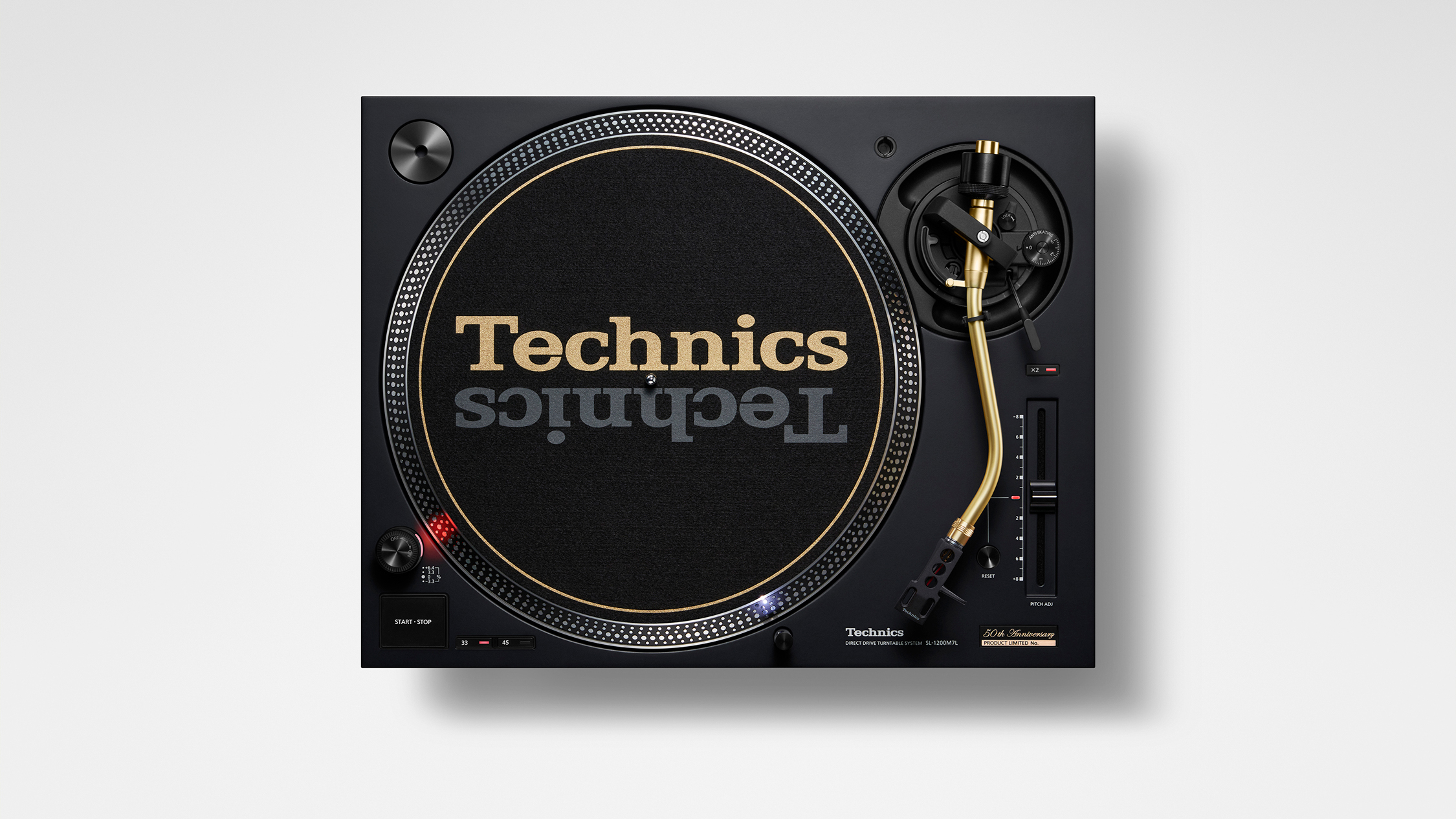
It’s hard to believe that the man responsible for the return of the world’s most influential vinyl turntable once wished to destroy the format completely, but that’s exactly the case with Tetsuya Itani.
“I was given the mission to revive Technics,” says the engineer. “The next year I revived the SL-1200.” Joining Panasonic in 1980 (then Matsushita Electric Industrial Co.) as a fresh-faced college graduate, Itani began his career assigned to the the SL-P10 CD player development team, firmly believing that his future— and the future of his industry— was a digital one. “I was taking on new challenges with a strong desire to eradicate the turntable,” remembers Itani. “To create a new digital audio era.”
The iconic SL-1200, which this year celebrates its 50th birthday, had already been in production for almost a decade when the young Itani joined the company. A game-changing design upon its release in 1972, the turntable has withstood momentous shifts in music industry and culture to remain the quintessential tool of DJs and turntablists across the world - and perhaps even more impressively, it happened by accident.
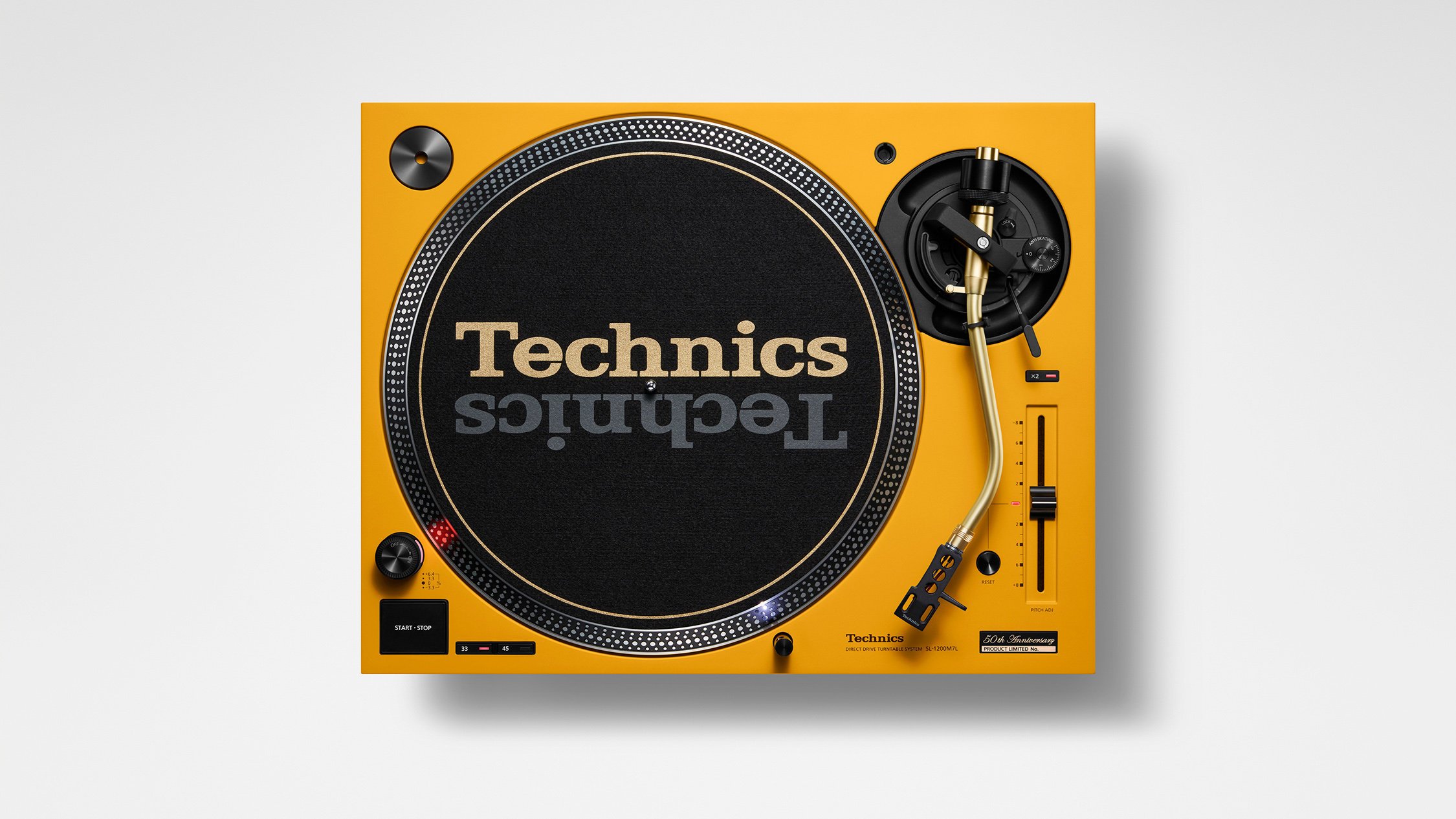
To mark the occasion Technics have unveiled the anniversary SL-1200M7L, a limited edition model boasting fine control over torque and speed, ultra-stable playback and vibration management. The SL-1200M7L represents the culmination of a long and dynamic history; here— with a little help from Mr. Itani himself— we take look at how the SL-1200 revolutionised the turntable medium and precipitated the rise of a musical phenomenon.
“One night, I'm waiting for the record to play out and I’m waiting for this particular break,” remembers hip-hop pioneer DJ Kool Herc. “I had a couple more records with the same breakup in it. I wondered, ‘how would it be if I put them all together?’. I told [the crowd], ‘I'm gonna try something new tonight. I'm gonna call it the Merry-Go-Round.’”
Herc is remembering a now mythologically auspicious evening, commonly considered to have precipitated the birth of hip-hop. The event in question is said to have been a birthday party for his sister, Cindy Campbell, held at 1520 Sedgwick Avenue, New York, on August 11, 1973.
Of course, hip-hop has no birth certificate, so while we can’t pinpoint 1520 Sedgwick Avenue on August 11, 1973 with incontrovertible accuracy, suffice to say it doesn’t really matter. What matters is that Kool Herc came upon an astonishing and bizarre new technique, one that allowed him to perform recorded music.
Want all the hottest music and gear news, reviews, deals, features and more, direct to your inbox? Sign up here.
Kool Herc came upon an astonishing and bizarre new technique, one that allowed him to perform recorded music
Prior to that event, recordings were simply written, performed, recorded and then played back. Here, the two ends of that sequence were being joined: it was being performed all over again. Kool Herc focused on the instrumental breaks between a song’s vocal sections, having found the crowd most responsive to these sections in a club context— these would come simply to be known as ‘breaks’.
“I started out with James Brown— ‘clap your hands! stomp your feet!’— and at that part right there, with the break, boom, I had to come in with [The Incredible Bongo Band’s] ‘Bongo Rock’. And Bongo Rock was still going, but with no vocals in it, and I’d go into Baby Huey’s ‘Mexican’. It was like, ‘woah! I think we’ve got something here!’"
Kool Herc’s turntable of choice was the Technics SL-1100; a direct drive turntable that had been introduced by Panasonic two years earlier, in 1971. At that time the turntable world was still getting its head around the SL-1100's predecessor, the SP-10. The first ever direct drive turntable, the SP-10 performed with tangibly lower noise than its belt-driven competitors and also demonstrated new standards of stability and torque, to the extent that it was delivered to radio stations despite being designed as a consumer product.
Direct drive stimulated DJs' creativity and created a new culture
The SL-1100 built substantially on the SP-10, introducing an integrated construction design for a compact and portable turntable, one that could easily be transported to block parties and set up at a moment’s notice. “Unlike belt-drive systems,” explains Itani, “direct-drive systems are suitable for scratch-play because they have a huge torque and do not cause mechanical stress, even if they are forced to stop by hand. In other words, direct drive stimulated DJs' creativity and created a new culture.”

By the time 1973 came around, however, the star was already rising for what would become the quintessential DJ turntable: the SL-1200 had only been in the world for one year, but it was beginning to change things on a grand scale. The SL-1200 would take the SL series even further away from consumer tech and toward performance hardware— though Technics have maintained that this its aptitude for DJs was by “some miraculous coincidence.”
If true, destiny was truly on the SL-1200’s side, with a design that enabled it to withstand travel, perform well in less-than-optimal conditions and above all, deliver all the consistency and reliability a performer would need from any instrument.
The pitch adjustment dial— originally intended simply to allow the offset of rotation irregularity— found a new use by DJs
First there was the chassis. The SL-1200 had sturdy aluminium die-cast cabinet, a leap forward from the SL-1100’s segmented body. Next, the torque. The SL-1200’s platter was heavy duty and could reach its rotation speed in just half a turn— a little over half a second at 45 RPM— and continue with minimal irregularity.
This made it ideal for maintaining the careful speed control needed to cue up tracks and beat-match records with precision. The turntable performed well in loud, vibration-heavy environments; while its pitch adjustment dial - originally intended simply to allow the offset of rotation irregularity - found a new use by DJs, who began to use it to adjust the BPM of records.
It was this feature that - completely accidentally - inspired generations of DJs playing disco, house and techno throughout the late '70s and '80s to begin beat-matching their records and stringing them together in seamless succession, laying the foundations for the practice of modern DJing as we know it and giving rise to an entirely new form of musical performance.
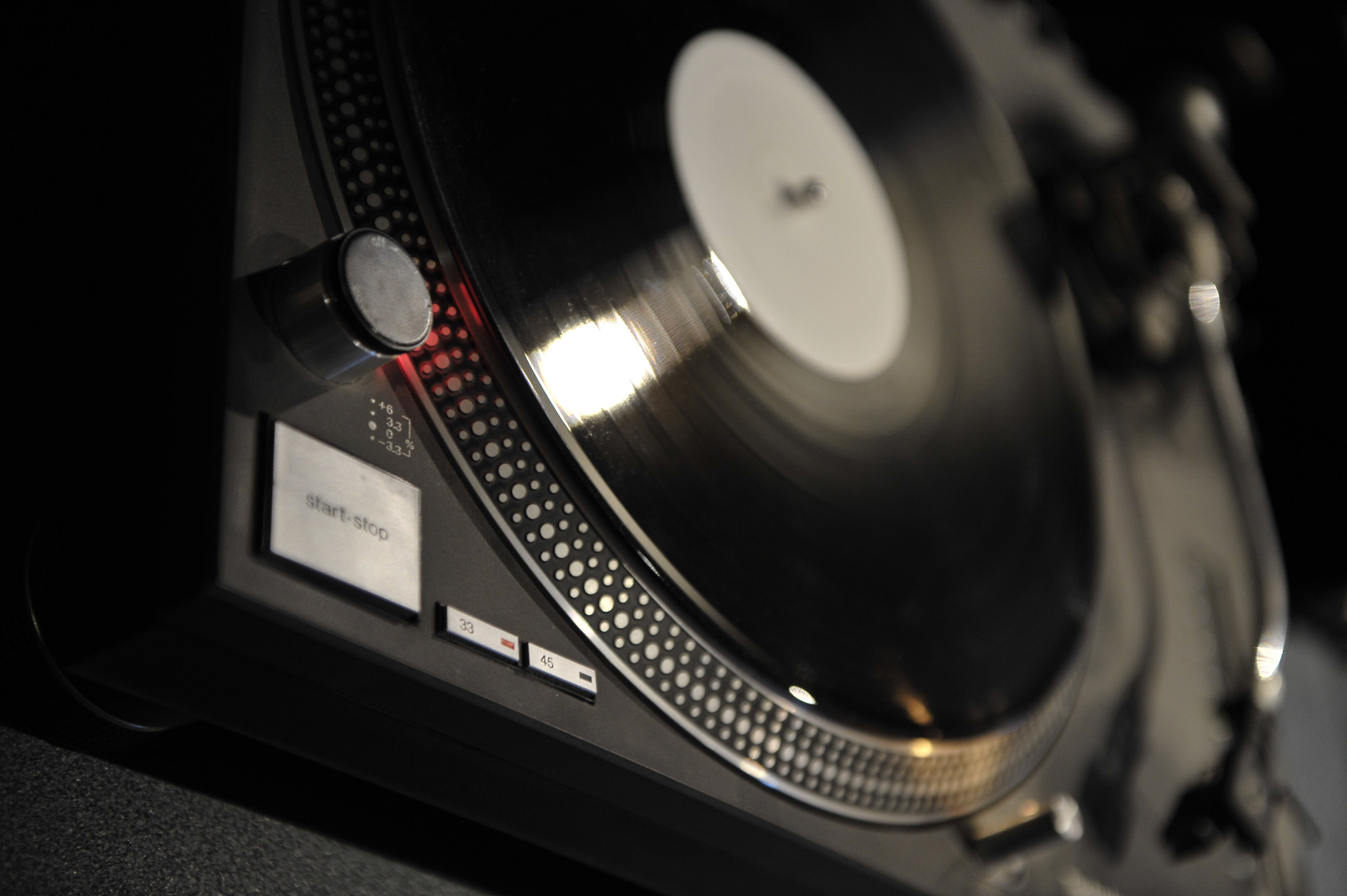
In 1979 Panasonic upgraded the SL-1200 to a MK2 model, augmenting it with an array of DJ-specific features and in no uncertain terms committing themselves to the culture their design had inadvertently propagated. “The SL-1200MK2 is the very turntable that created DJ culture,” says Itani. “My former boss told me that in the mid-‘70s a sales staff member in North America told him, ‘There are people who use turntables in an unusual way, and I want you to go and see them’.
This led him to meet numerous DJs, where he was surprised to find that people were using turntables in ways that were unthinkable at the time, such as scratch-playing. Stopping a record by hand during playback was an unbelievable practice for hi-fi users who do not want to damage the record or the stylus. Upon seeing this, he decided he wanted to create a turntable suited to this new way of using it. The result was the SL-1200MK2.”
The SL-1200 MK2 brought new standards of accuracy still. Its Quartz Lock system and its vibration-absorbent cabinet certainly represented breakthroughs for DJs, but by far its most groundbreaking inclusion was a large pitch fader on its front panel for easy speed adjustment and beat-matching.
The response to the MK2 from DJs was one of resounding approval. “After the SL-1200 MK2 DJs were saying, ‘It’s perfect! Don't change anything from SL-1200Mk2,” says Itani. In Europe it was sold with a darker finish as the SL-1210MK2, becoming affectionately known simply as the ‘Twelve Ten.’
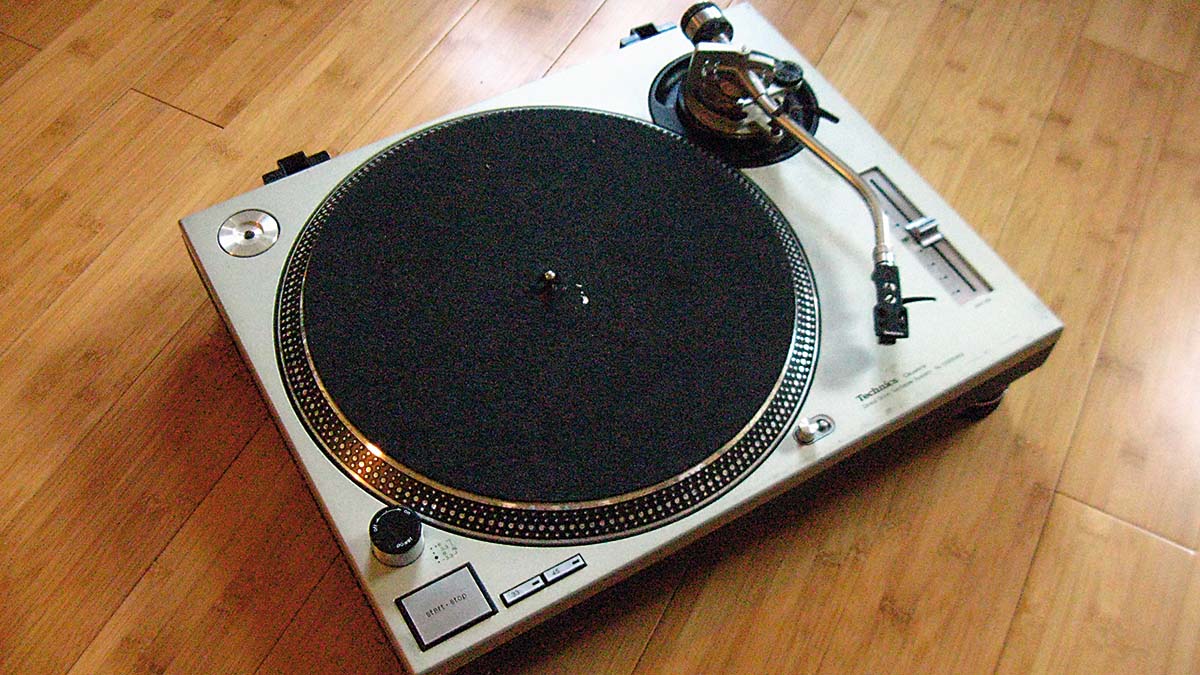
One year later, the young Itani joined Panasonic. “Most of my senior colleagues were turntable engineers,” he remembers. “As my office was next to the turntable designing team, I had lots of opportunities to talk with them. When I joined the company, the SL-1200MK2 was just starting to be talked about. From the start, I saw reports from turntable engineers who had travelled to clubs overseas and exchanged opinions with DJs. I did not expect the SL-1200 to become so legendary, even though DJ culture was becoming popular.”
Despite the precocious Itani’s ambitions to ride the digital wave, the SL series forged ahead with aplomb, with subsequent models including 1989’s SL-1200MK3 and 2000’s MK5. Technics had found its groove, but as digital audio formats increasingly threatened to usurp analogue ones at the turn of the century, could not ignore the looming question of if the turntable’s apotheosis may have come and gone. In 2010, facing a shrinking marketplace, seemingly insurmountable engineering challenges and a policy to unify the brand under Panasonic, the decision was made to discontinue the Technics brand, along with the SL-1200.
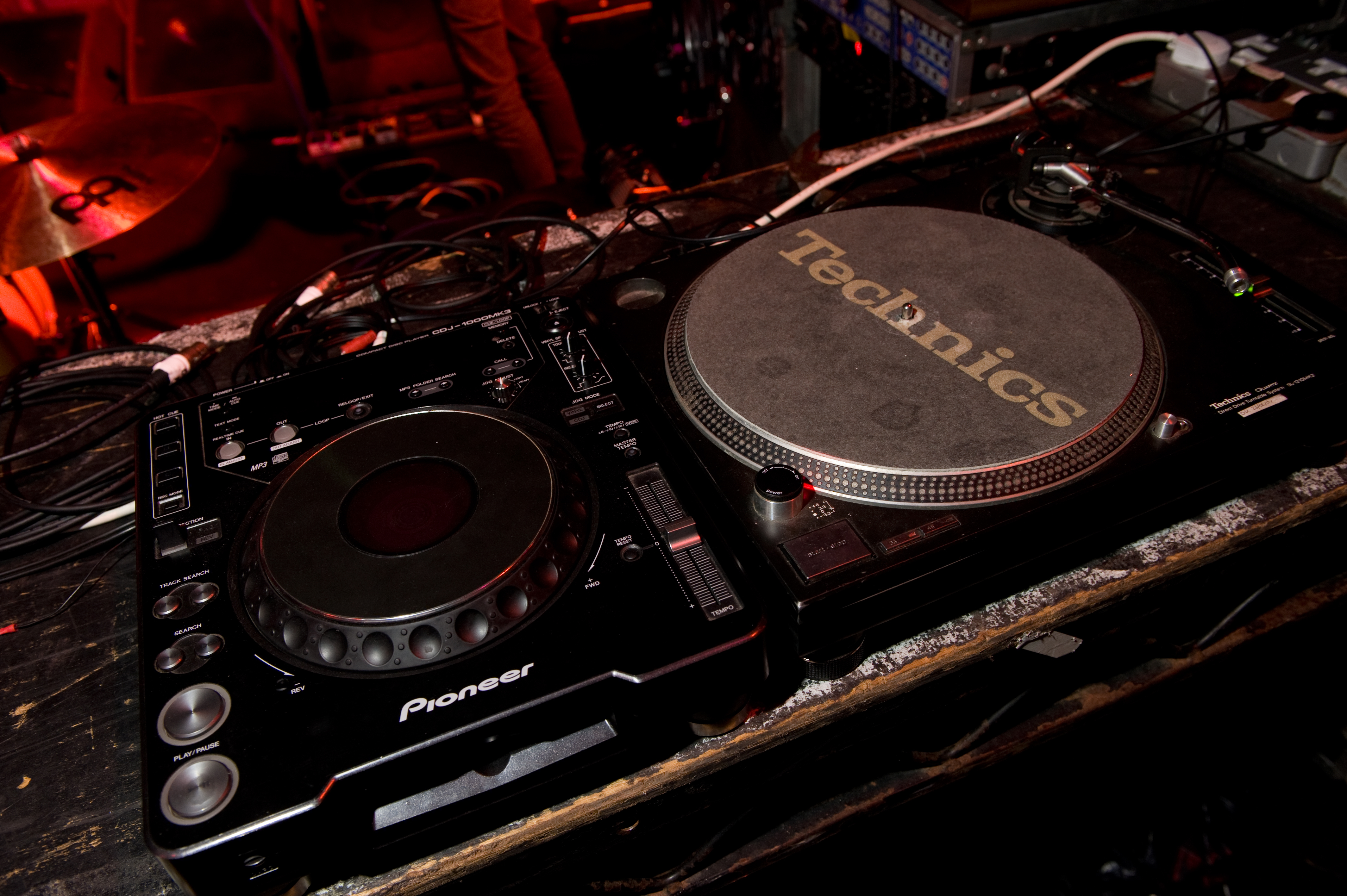
“Later, the company's policy was reviewed,” remembers Itani. “As the audio market was changing to digital and hi-resolution, we decided to revive Technics again.” The announcement was made at the 2014 Internationale Funkausstellung electronics fair in Berlin, with a distinct absence of vinyl turntables. It soon became clear, however, that the DJ community had different ideas.

"At first, we did not consider reviving the turntable,” says Itani. “However, immediately after we announced we were going to revive it we received petitions from DJs all over the world. Everyone was very surprised by the enthusiasm! After several meetings and market research, we learnt that the turntable market was returning and that many people wanted the SL-1200 to return.” In 2016 came the limited edition SL-1200GAE, followed by the audiophile-oriented SL-1200G and then the more affordable SL-1200GR. In 2019 the SL-1200MK7 arrived, a feature-rich turntable in matte black.
“I wondered what it meant for what I had achieved in the last 30 years,” Itani continues. “I remember having mixed feelings. As my career progressed, I had spent my days trying out new designs with laserdisc, DVD and Blu-ray. Then, 30 years after the days of the CD, I was given the mission to revive Technics. The next year I revived the SL-1200.”
With its high-rigidity cabinet and high-damping insulation, stylus illuminator, reverse play function, choice of colour finishes and— of course— highly accurate rotation and pitch control, 2022’s SL-1200M7L is a well balanced combination of traditional design and mod-cons; nothing short of a celebration of the SL-1200’s long and dynamic history. Now Itani and his team are committed to developing the SL-1200 design with a forward-looking approach, using all the tools granted to them by the modern era.

“The record market is growing significantly. At first, it was an enthusiast's item, but recently it has spread to a younger, previously unaware segment of the population. I don't think this is a passing thing, it is evidence that it is becoming a part of the culture. When it comes to turntable technology, most turntable manufacturers are producing products based on the technologies developed in the ‘70s or ‘80s. We want to take a scalpel to this and create a new fascination for turntables and record playback, with the latest technology.”
It’s a full-circle, almost poetic narrative; demonstrative of the ebb and flow of musical culture and its general apathy toward the onward march of technology in favour of channelling inspiration and expressing the spirit of the age. Much like analogue synthesisers, reel-to-reel tape or valve amplifiers, the turntable has a long future ahead, and is far from a relic.
“In 2016, while I was working on new SL-1200GAE development, my daughter gave birth to a baby girl,” Itani reflects. “A family resemblance reminded me of the time when my daughter was born and it made me think, “30 years ago, I was so absorbed in ending the turntable era. Now, becoming a grandfather, I'm trying to revive it!”


William Stokes is a writer and musician in avant-psych trio Voka Gentle. He has written on music and music technology for MusicRadar, The Guardian, Financial Times, MOJO and more.